Story Highlight
– HSE reviews LOLER and PSSR regulations for improvement.
– Call for evidence open until November 11, 2025.
– Aim to simplify processes and reduce regulatory burdens.
– Focus on clarity, safety, and supporting innovation.
– New technologies prompt updates to safety regulations.
Full Story
The Health and Safety Executive (HSE) has initiated a call for evidence concerning the Lifting Operations and Lifting Equipment Regulations (LOLER) and the Pressure Systems Safety Regulations (PSSR). The request is aimed at industry stakeholders, professional organizations, and any entity with relevant expertise.
The objective is to compile a robust evidence base to identify potential opportunities for simplifying and streamlining the regulatory framework. This initiative is set to continue until 11 November 2025.
In March, the government announced a review of older health and safety legislation, including LOLER and PSSR, as part of an effort to alleviate regulatory pressures on UK businesses. Nevertheless, it appears that significant reductions in regulatory requirements are unlikely due to the established effectiveness of these regulations. Instead, some sections may receive updates, as LOLER and PSSR are 27 and 25 years old, respectively.
Kate Haire, the HSE’s deputy director of direction and policy, commented: “This review represents a targeted approach to regulatory reform rather than an overhaul of the frameworks. We want a regulatory system that not only protects those at work, but also encourages new investment, innovation, and growth.”
She added that the focus is on refining amendments to enhance the clarity of regulations, simplify requirements, and modernise processes while ensuring safety standards are upheld and businesses are not burdened with unnecessary costs.
Haire noted that, while LOLER and PSSR rest on solid engineering principles and are integral to numerous sectors, the rise of new technologies—especially those related to achieving net zero emissions like hydrogen—brings new risk considerations, which is a factor in updating the evidence base.
The HSE intends to identify excessive administrative or financial costs that do not significantly enhance risk management, evaluate whether regulations are outdated, and seek reform opportunities that could improve regulatory clarity and stimulate economic development.
For more information or to contribute, stakeholders can visit consultations.hse.gov.uk/hse/loler-call-for-evidence and consultations.hse.gov.uk/hse/pssr-call-for-evidence.









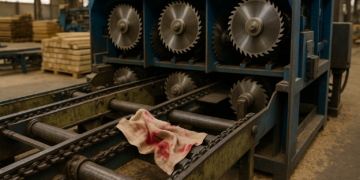

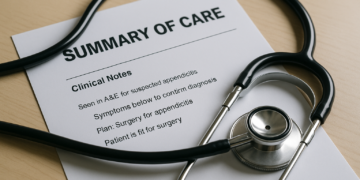



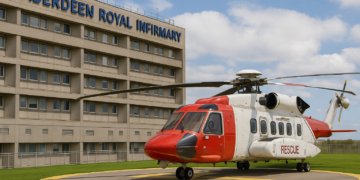

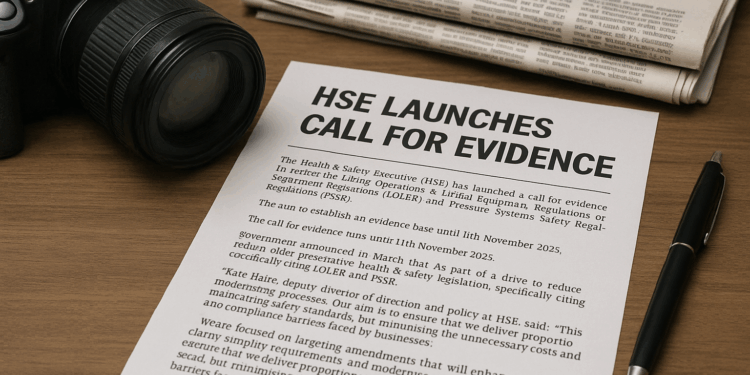

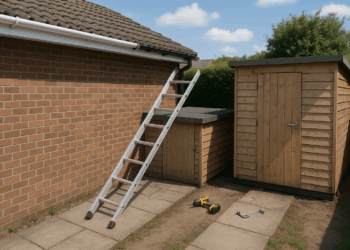



This review is a timely opportunity to make regulations more practical and proportionate while keeping safety front and centre. Clearer guidance on risk assessment and competence would help duty holders apply requirements consistently, and updating references to new technologies and digital inspection methods will support innovation without diluting controls. Consideration should be given to simplifying certification and reporting processes to reduce unnecessary paperwork, and to aligning LOLER and PSSR more closely where risks overlap. Any changes must preserve independent inspection and robust training standards so that safety outcomes are not compromised.
This is a timely and important call for evidence. Simplifying and clarifying LOLER and PSSR where possible will make it easier for duty holders to comply and for inspectors to enforce consistently. Any updates should keep the core principle of preventing harm at their heart while allowing for safe adoption of new technologies and practices. Feedback should focus on practical examples of regulatory friction, areas where guidance is unclear, and where standards could better reflect modern equipment, digital monitoring and maintenance practices. Ensuring changes do not create loopholes or reduce inspection rigour will be essential, as will clear transition arrangements and targeted training to support implementation.
This is a timely opportunity to ensure LOLER and PSSR are fit for purpose. Practical input from those who manage and inspect equipment will be vital to identify where wording causes confusion, where requirements overlap and where guidance could better reflect current technology and maintenance practices. Any changes should keep clear lines of responsibility, preserve proportionate risk controls and maintain robust competence requirements for operators and inspectors. Simplification should not dilute safety outcomes, and the review should consider how to support small businesses to implement new expectations without disproportionate cost.
This is a timely and important review. Modernising LOLER and PSSR to reflect current technologies and practices while keeping safety central is essential. Clearer, more streamlined regulations will help duty holders comply effectively and make it easier to adopt innovations that support net zero goals. Industry input will be vital to ensure changes are practical and do not create unintended risks or compliance gaps. Those with hands on experience in lifting operations and pressure systems should respond before the November 11 2025 deadline to shape a proportionate and future proof regulatory framework.